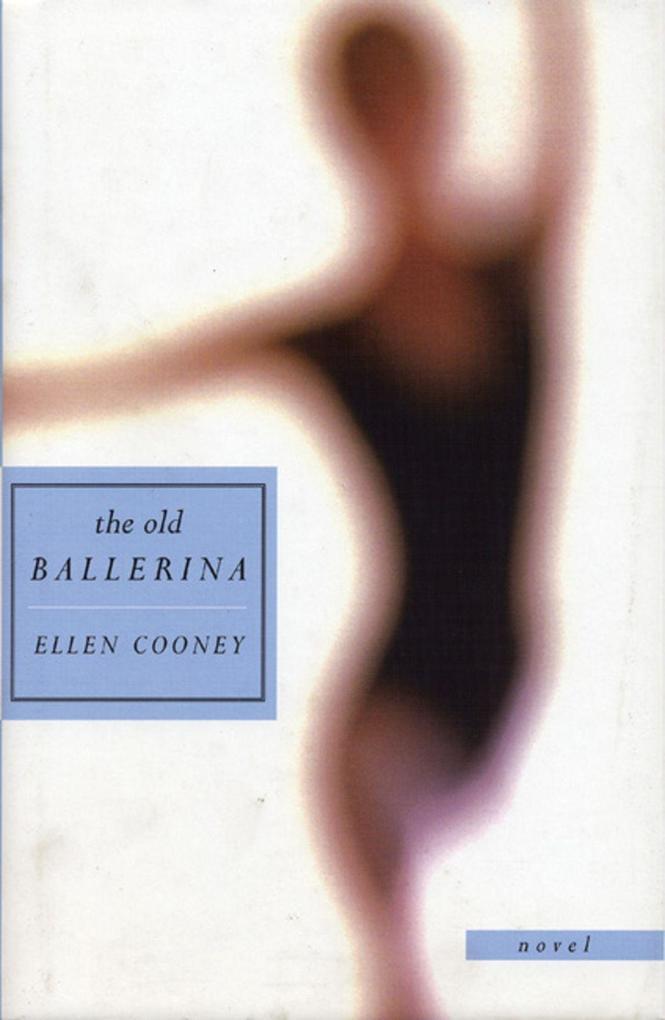Dancers and the dance—and the obsession that drives artists to create.
In her third novel, Ellen Cooney tells a story about the creative process, and about how art can and must happen anywhere and everywhere—including a small mill town, outside the academy and outside the confines of the art institutions of the city. In a world of corporate homogeneity and the mass-marketization of culture, the story of Mrs. Kamsky is emblematic of the independent voice and the creative spirit—the little artist that could.
Grieving the defection of her protégé and recovering from a hip injury, Mrs. Kamsky unexpectedly renews her passion for life and for dance when she teaches a class of teenage boys—including one who’s recruited for ballet lessons as punishment for breaking a classmate’s leg in anger. In the tradition of Anne Lamott and Natalie Goldberg, Ellen Cooney tells a story about the artistic drive to create—alternately narrated by the central character’s closest friends, her loving and demanding students, her discontented protégé, and her inquisitive neighbors.
With prose that performs pirouettes and pliés, The Old Ballerina tells a story about teaching and learning, the individual and the community, and above all, the healing power of the arts.













